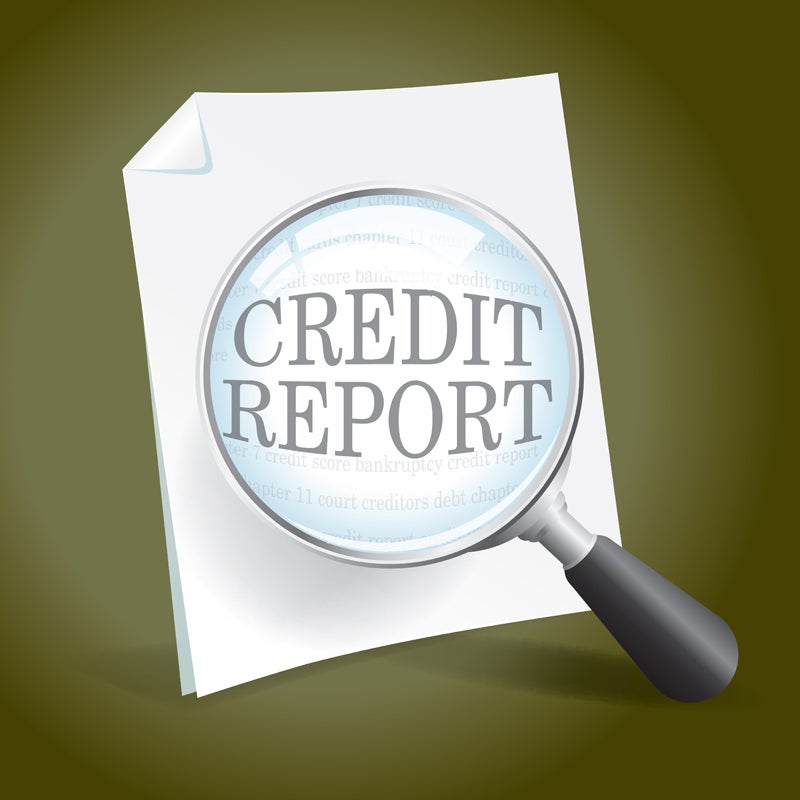
In each of the three main credit-reporting agencies (CRAs), Experian, Equifax and Transunion, over 1.3 billion trade lines are compiled and updated on a monthly basis. The source of all data comes from information furnishers (also called data furnishers) and it is to these information furnishers that the accuracy of your data can be traced. How is this information transmitted to the credit bureaus and stored? What happens if there is an error?
Who are Information Furnishers?
Credit reports contain 4 types of information: identifying information, trade lines, public records and inquiries. Financial institutions are the prime furnishers of everything but public records to credit bureaus. Public records come from other credit bureaus, most notably Lexis Nexus.
The CRAs receive trade line information from approximately 10,000 furnishers, with the bulk of the trade lines coming from a small percentage of financial institutions. The top 10 furnishers provide about 57% of the trade lines, the top 50 furnishers provide 72% of the trade lines and the top 100 furnishers provide 76% of the trade lines.
Reporting to the credit bureaus costs money (electronic infrastructure, staff and business processes must be in place) and since reporting is voluntary, you might wonder what motivates information furnishers to report. The main reason furnishers report:
- The largest information furnishers are also the biggest users of credit data. The furnishers recognize that having data to analyze is important: if they don’t report information to the credit bureaus, then other financial institutions also might not report. This could cause a lack of data to analyze when making credit decisions; this makes lending more risky.
- Reporting payment history is an incentive for their customers to pay on time. This is definitely one of the big reasonscollection agencies report to the bureaus.
Not just any company can be an information furnisher. The CRAs have screening processes and implement quality control. One of the requirements for data furnishers that will exclude for example, your landlord from reporting your late rent payments, is that a furnisher must have a minimum of 100 to 200 active accounts to report per month. CRAs inspect companies who furnish data pretty thoroughly: the headquarters, phone number, website, and other records such as the annual reports are scrutinized. The CRAs also hire third party investigators in their screening process to detect illegal or unethical business histories.
Furnishers send the information about trade lines to the CRAs in electronically transmitted batch files. The file has a standardized format that is the same for all three CRAs: the Metro 2 format, developed by CDIA in 1997 on behalf of the credit bureaus and Innovis. Upon being received by a CRA, the Metro 2 file goes through an electronic, multi-stage system check to ensure no fields are blank, that the data makes sense and that the codes accompanying the files are correct. Should one part of a file fail a check, the entire file will be rejected. Collection agency files are the most often rejected.
While there are internal electronic checks in place to catch glaring errors, for the most part, the CRAs rely on the furnisher to ensure data is correct. Credit bureaus do not conduct independent checks or audits to determine accuracy. For instance, the credit bureaus do not review record-keeping practices of data furnishers.
Regulations on Furnishers
The FACT Act of 2003 (FACTA) increased the responsibilities of information furnishers. Each furnisher is required to “establish and implement reasonable written policies and procedures concerning the accuracy and integrity of the information it furnishes to consumer reporting agencies.” The procedures must also address “deleting, updating, and correcting information in the furnisher’s records, as appropriate, to avoid furnishing inaccurate information”, per FDIC Rule 6500, part 1022. These regulations and rules were further updated on July 1, 2009, as part of FACTA implementation.
Furnishers must:
- Use standard data reporting formats.
- Maintain records for a reasonable period of time.
- Establish and implement appropriate internal controls to ensure accuracy and integrity.
- Train staff who participate in data furnishing.
- Provide appropriate and effective oversight of relevant service providers whole activities may affect the accuracy of furnished data.
- Must delete, update and correct information in internal records to avoid furnishing inaccurate information.
- Conduct reasonable investigations of disputes.
- Make sure the firm’s communication with CRAs prevents duplication or errors in data furnished.
- Provide enough identifying information about an account to make sure it is associated with the proper consumer.
- Conduct a periodic evaluation of internal processes.
Sending Credit Disputes to an Information Furnisher Directly
Furnishers can supply inaccurate information to the credit bureaus because of the following reasons:
- Inaccurately identifying an authorized user as the owner of a credit card account.
- Failing to post a payment to a credit account, and thus reporting the account as late.
- Attributing a payment to the wrong account.
- Improper updating of records.
- Improper reporting of the status of an account (open vs. closed, for example).
- Reporting the wrong balance or credit limit.
Because of FACTA, consumers are allowed to not only send disputes to credit bureaus, but also dispute information with a furnisher directly. Under the Furnisher Rule, a furnisher must conduct a reasonable investigation on any dispute submitted by a consumer regarding the information in the consumer’s credit report. The consumer may dispute whether or not the account is his or hers, the terms of the debt, the payment history or any other information supplied by the furnisher that relates to his or her credit history.
The furnisher must review all submitted documentation supplied by the consumer and conduct the investigation within 30-45 days. The rules of the investigation are similar to those of a credit bureau receiving a consumer dispute; the same sections of the FCRA bind them both.
Under the Furnisher Rule, a furnisher is not obligated to conduct an investigation if the information being disputed is identifying information, is about employment or employers, is information about public records such as judgments, bankruptcies or child support, or if they have a reasonable belief the dispute was written on behalf of the consumer by a credit repair organization. A furnisher may also forgo an investigation if they feel the dispute is frivolous.
If the disputed information cannot be verified or is found to be inaccurate, the furnisher must notify the credit bureaus and direct them to modify or delete the information erroneously reported on a consumer’s report.
Questions about credit repair?
Chat with an expert: 1-800-255-0263






